espionage
Textbook Case of FBI Grooming a Troubled Young Man to Commit Violent Crime
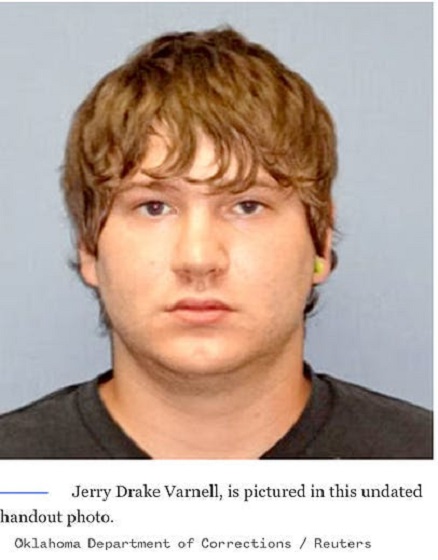
By John Leake
Schizophrenic Jerry Drake Varnell was encouraged and assisted by an undercover FBI agent in “foiled” plot to blow up BancFirst building in Oklahoma City
In researching the strange cases of Thomas Matthew Crooks and Luigi Mangione, I have wondered with whom they were in contact, and if they were possibly groomed, by an undercover FBI who—for reasons that are unclear—wished to incite these young men to participate in violent crimes.
I first started wondering about FBI grooming when I learned about an undercover FBI agent’s involvement in the 2015 plot to attack a convention at the Curtis Culwell Center in Garland, Texas (see my post “Tear Up Texas”: FBI Encouraged a 2015 Shooting & Did Nothing to Stop It).
This morning I learned about the remarkable case of a 23-year-old diagnosed schizophrenic named Jerry Drake Varnell who—with the encouragement and assistance of an undercover FBI agent in 2017—participated in what he believed was a plot to blow up the BancFirst building in downtown Oklahoma City. He was found guilty in 2019. In 2020 he was sentenced to 25 years in prison “for attempting to use a weapon of mass destruction at BancFirst in downtown Oklahoma City.”
According to the US Attorney’s Office press release on the conviction:
At trial, the jury heard testimony from an informant who made recordings of his conversations with Varnell. It also heard from the undercover FBI agent who helped Varnell build what he thought was a bomb, an FBI bomb technician, and others. It listened to numerous recordings in which Varnell planned the attack and reviewed numerous written electronic communications that corroborated his intent. Furthermore, it heard the testimony of a defense expert concerning Varnell’s mental health. Through its verdicts, the jury concluded any mental health problems did not prevent Varnell from forming the intent required for conviction. It also determined the FBI did not entrap him.
To me, what is most striking about this case—apart from the fact that the offender was a diagnosed schizophrenic—is how he drew the attention of federal law enforcement. As reported by KGOU (an Oklahoma NPR station):
Government witnesses said they deemed Varnell a threat based on his online activity such as “liking” anti-government groups on Facebook and messages referencing Oklahoma City bomber Timothy McVeigh and Tyler Durden, a split personality character from the 1999 film “Fight Club.” Agents also said Varnell claimed he had built homemade explosives during conversations with undercover FBI agent Williams and an FBI informant named Brent Elisens.
As was repeatedly pointed out by Varnell’s defense attorney:
Varnell is a diagnosed schizophrenic. He told federal agents that his anti-government sentiments started around age 16, the same age his parents say his schizophrenic episodes began.
Defense attorneys asked FBI agents if they knew of Varnell’s paranoid schizophrenia. Retired FBI agent Jennifer Schmidtz, who testified Wednesday, said she knew of “allegations” in a Custer County case involving Varnell and self-reported mental health issues in Varnell’s college transcripts. In a 2017 statement, Varnell’s parents claimed he has been institutionalized on multiple occasions.
The defense has team also focused on an FBI report from Dec. 2016 that stated, “Varnell does not have a job or a vehicle. The threat has not been repeated. Varnell does not have the means to commit the act at this time.”
By August 2017, the defense pointed out, Varnell was still unemployed and without a car. …
Varnell’s property was searched the day of his arrest, and Schmidtz, who supervised the search, testified there was no physical evidence showing Varnell experimented with chemicals capable of causing an explosion. The search did uncover a speech written by Varnell laiden with conspiracy theories about developing psychotropic drugs, the Clintons and Timothy McVeigh.
During cross examinations the defense continued to point out that Varnell never followed through on pieces of the plan he was responsible for, like choosing a time and place and supplying barrels. Varnell came up with a list of locations after encouragement from undercover agent Williams, and he settled on the on the BancFirst location after Williams took him to scout the location on July 13. He suggested Nov. 5 as an attack date, but Williams said it was too far away. And Varnell never supplied barrels, so Williams provided them.
In other words, “undercover agent Williams” was the chief planner and executor of the apparent plot. Jerry Varnell participated in this plot with the encouragement of undercover agent Williams and under the direction of undercover agent Williams.
Subscribe to Courageous Discourse™ with Dr. Peter McCullough & John Leake.
For the full experience, upgrade your subscription.
Brownstone Institute
The Spies Who Hate Us
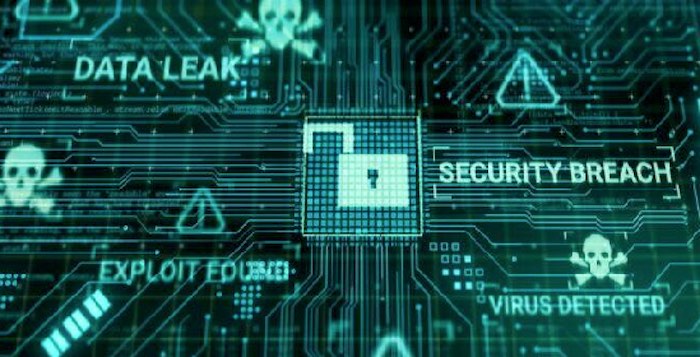
From the Brownstone Institute
By
Brownstone Institute has been tracking a little-known federal agency for years. It is part of the Department of Homeland Security created after 9-11. It is called the Cybersecurity and Infrastructure Security Agency or CISA. It was created in 2018 out of a 2017 executive order that seemed to make sense. It was a mandate to secure American digital infrastructure against foreign attack and infiltration.
And yet during the Covid year, it assumed three huge jobs. It was the agency responsible for dividing the workforce between essential and nonessential. It led the way on censorship efforts. And it handled election security for 2020 and 2022, which, if you understand the implications of that, should make you spit out your coffee upon learning.
More than any other agency, it became the operationally relevant government during this period. It was the agency that worked through third parties and packet-switching networking to take down your Facebook group. It worked through all kinds of intermediaries to keep a lid on Twitter. It managed LinkedIn, Instagram, and most of the other mainstream platforms in a way that made you feel like your opinions were too crazy to see the light of day.
The most astonishing court document just came out. It was unearthed in the course of litigation undertaken by America First Legal. It has no redaction. It is a reverse chronicle of most of what they did from February 2020 until last year. It is 500 pages long. The version available now takes an age to download, so we shrunk it and put it on fast view so you can see the entire thing.
What you discover is this. Everything that the intelligence agencies did not like during this period – doubting lockdowns, dismissing masking, questioning the vaccine, and so on – was targeted through a variety of cutouts among NGOs, universities, and private-sector fact-checkers. It was all labeled as Russian and Chinese propaganda so as to fit in with CISA’s mandate. Then it was throttled and taken down. It managed remarkable feats such as getting WhatsApp to stop allowing bulk sharing.
It gets crazier. CISA documented that it deprecated the study of Jay Bhattacharya from May 2020 that showed that Covid was far more widespread and less dangerous than the CDC was claiming, thus driving down the Infection Fatality Rate within the range of a bad flu. This was at a time when it was widely assumed to be the black death. CISA weighed in to say that the study was faulty and tore down posts about it.
The granularity of their work is shocking, naming Epoch Times, Unz.org, and a whole series of websites as disinformation, often with a crazy spin that identified them with Russian propaganda, white supremacy, terrorist activity, or some such. Reading through the document conjures up memories of Lenin and Stalin smearing the Kulaks or Hitler on the Jews. Everything that is contrary to government claims becomes foreign infiltration or insurrectionist or otherwise seditious.
It’s a very strange world these people inhabit. Over time, of course, the agency ended up demonizing much authentic science plus a majority of public opinion. And yet they stayed at it, fully convinced of the rightness of their cause and the justness of their methods. It seems never to have occurred to this agency that we have a First Amendment that is part of our laws. It never enters the discussion at all.
AFL summarizes the document as follows.
- CISA’s Countering Foreign Influence Task Force (CFITF) relied on the Censorship Industrial Complex to inform its censorship of alleged foreign disinformation narratives regarding COVID-19.
- Unelected bureaucrats at CISA weaponized the homeland security apparatus, including FEMA, to monitor COVID-19 speech dissenting from “expert” medical guidance, including President Trump’s comments about taking Hydroxychloroquine in 2020. Many of these “false” narratives later turned out to be true, calling into question the government’s ability to identify “misinformation,” regardless of its authority to do so.
- To determine what was “foreign disinformation,” CISA relied on the Censorship Industrial Complex’s usual suspects (Atlantic Council DFR Lab, Media Matters, Stanford Internet Observatory) — even those discredited for erroneously attributing domestic content to foreign sources (Alliance for Securing Democracy). CISA even relied on foreign government authorities (EU vs. Disinfo) and foreign government-linked groups (CCDH, GDI) that advocated for the demonetization and deplatforming of individual Americans to monitor and target constitutionally protected speech by American citizens.
For years, this story of censorship has unfolded in shocking ways. This document among tens of thousands of pages is surely among the most incriminating. And discussing it is apparently still taboo because the Subcommittee report on Covid never once mentions CISA. Why might that be?
In the strange world of D.C., CISA might be considered untouchable because it was staffed out of the National Security Agency which itself is a spinoff of the Central Intelligence Agency. Thus does its activities generally fall under the category of classified. And its many functioning assets in the civilian sector are legally bound to keep their relationships and connections private.
Thank goodness at least one judge believed otherwise and forced the agency to cough it up.
espionage
Chinese spies arrested in California
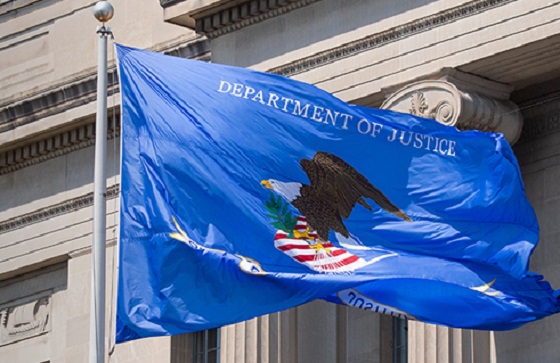
From The Center Square
PRC operatives arrested in Guam during historic missile test
People’s Republic of China (PRC) and Chinese Communist Party (CCP) operatives and spies continue to be arrested in the U.S. The latest include two Chinese spies in California and several arrested in Guam near a U.S. military installation on the same day as an historic live ballistic missile interception test.
In California, a 64-year-old man was arrested on several charges including allegedly acting as a PRC agent while working as a campaign manager for a southern California city council candidate elected in 2022, according to the U.S. Department of Justice. The operative “allegedly discussed with Chinese government officials how the PRC could ‘influence’ local politicians in the United States, particularly on the issue of Taiwan” and was allegedly involved in operations “to combat ‘anti-China forces’ in the U.S., among other conspiracies.
He was also charged with conspiring with another PRC operative who was sentenced to prison last month for acting as an unregistered PRC agent and bribing an IRS agent. In that case, two PRC citizens living in Los Angeles were targeting members of the Shen Yun Performing Arts Center, a multi-agency investigation found.
In Guam, U.S. Customs officers arrested PRC citizens who illegally entered near a U.S. military installation, according to the Guam Customs & Quarantine Agency.
As part of their investigation, officers learned the PRC operatives were dropped off the coast of Guam by a vessel originating from Saipan, in the U.S. territory of the Commonwealth of the Northern Mariana Islands (CNMI).
On Dec. 10, they apprehended and detained two PRC women. On Dec. 11, they apprehended four PRC men who were all transported by the same vessel originating from Saipan, authorities said.
One PRC male was apprehended in the Tanguisson Beach area; three PRC men were apprehended in the vicinity of a U.S. military installation.
They were apprehended as the U.S. Missile Defense Agency, working with U.S. Department of Defense partners, “successfully conducted a live intercept of a ballistic missile target, marking the first Ballistic Missile Defense event executed from Guam,” the MDA announced. The operation was conducted off the coast of Andersen Air Force Base, Guam.
MDA Director Lt. Gen. Heath Collins said the successful operation enabled them to “build upon and validate joint tracking architecture and integrated air and missile defense capabilities for Guam.”
The flight test was “a critical milestone in the defense of Guam and the region,” Commander, Joint Task Force-Micronesia Rear Adm. Greg Huffman said. “It confirmed our ability to detect, track, and engage a target missile in flight, increasing our readiness to defend against evolving adversary threats.”
“Within the context of homeland defense, a top priority for the Department of Defense, Guam is also a strategic location for sustaining and maintaining United States military presence, deterring adversaries, responding to crises, and maintaining a free and open Indo-Pacific region,” MDA said.
Recognizing the threat posed by the PRC, the Guam Customs & Quarantine Agency has apprehended 152 PRC individuals “who were determined to be in violation of Guam entry laws” since 2022.
It’s also involved in a multiagency border security task force targeting illegal entries, which includes the Guam Police Department, Guam Fire Department, Guam Attorney General, Guam Port Authority, Guam Department of Labor, Guam Homeland Security, Guam Department of Agriculture Conservation Division, Marianas Fusion Center, Commonwealth of the Northern Mariana Islands Customs and Department of Public Safety, US Coast Guard, US Navy, US Customs and Border Protection, US Department of Homeland Security’s Homeland Security Investigations, and Federal Bureau of Investigations.
The task force is asking its community to contact them with any information related to illegal entry and to remain “vigilant and keep watch for individuals suspected to have made illegal entry to the island or who may be involved in smuggling activities.”
Border security and immigration law violations in the CNMI have long been a concern expressed by members of Congress, including the explosion of illegal birth tourism on the islands, The Center Square reported.
The recent PRC operatives arrests come as the greatest number of Chinese nationals illegally entered the country in U.S. history under the Biden administration, more than 176,000, The Center Square first reported.
-
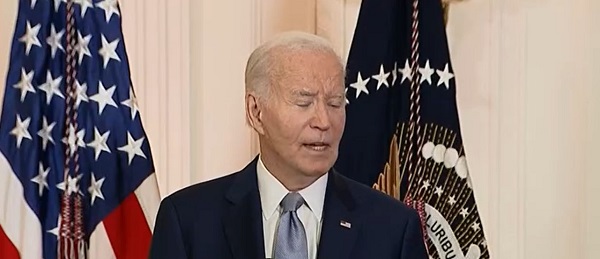
 Daily Caller2 days ago
Daily Caller2 days agoParty Leaders Exposed For ‘Lying’ About Biden Health
-
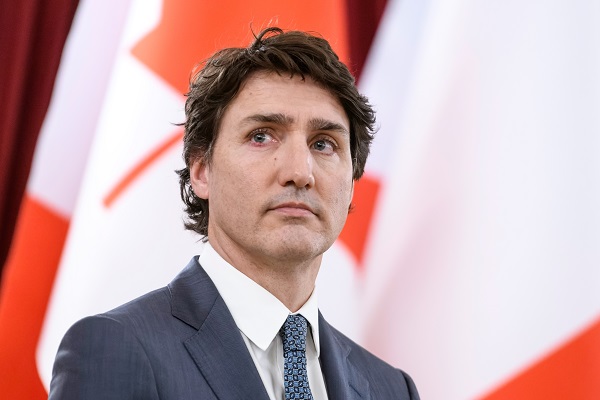
 Alberta2 days ago
Alberta2 days agoFree Alberta Strategy trying to force Trudeau to release the pension calculation
-

 Business2 days ago
Business2 days agoComparing four federal finance ministers in moments of crisis
-

 Business2 days ago
Business2 days agoTwo major banks leave UN Net Zero Banking Alliance in two weeks
-
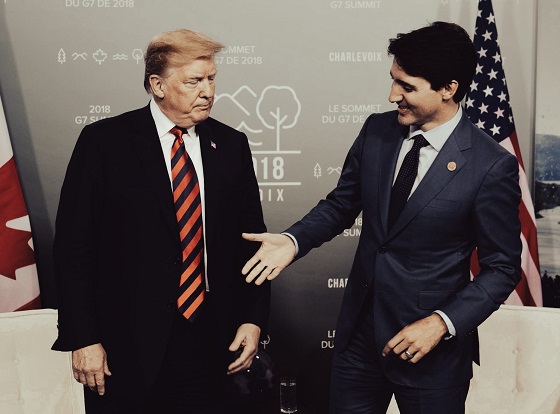
 armed forces2 days ago
armed forces2 days agoCanada among NATO members that could face penalties for lack of military spending
-

 Alberta2 days ago
Alberta2 days agoAlberta’s Massive Carbon Capture and Storage Network clearing hurdles: Pathways Alliance
-
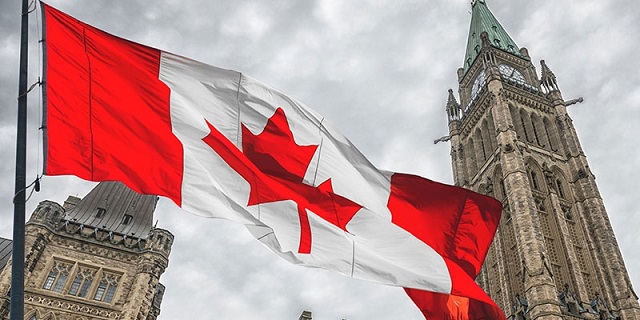
 Business2 days ago
Business2 days agoGlobal Affairs Canada Foreign Aid: An Update
-
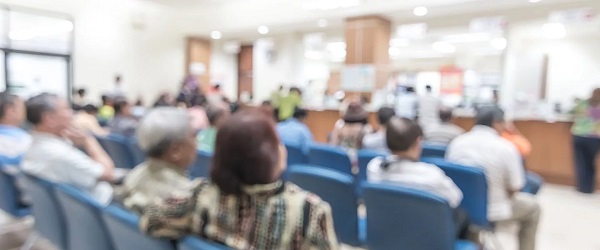
 Business2 days ago
Business2 days agoCanadian health care continues to perform poorly compared to other countries






